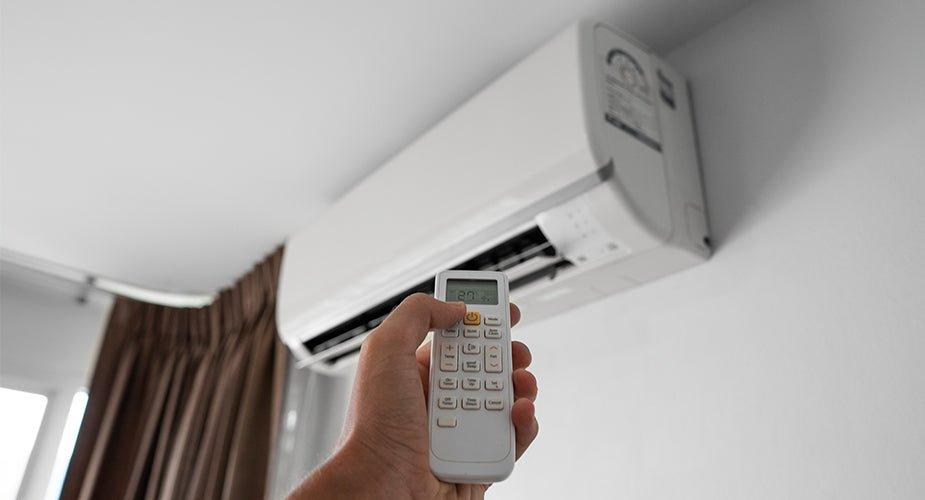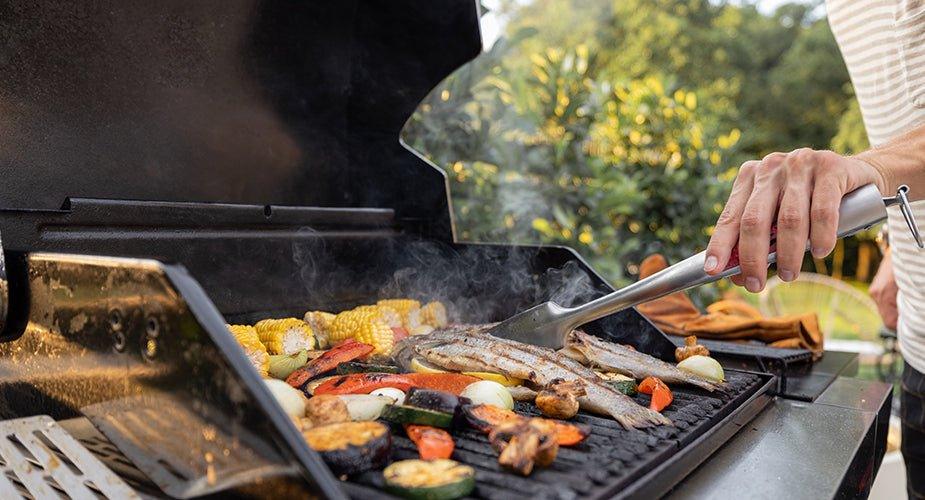When buying your first Solar Generator, it's important to determine your gadgets and appliances' required watts. Understanding starting watts vs running watts will serve as your base when looking for the right generator size or capacity.
But where do you start?
Let’s start with the basics.
Learning the Difference Between Starting Watts and Running Watts
When you plug in your device on your home power backup and switch it on, a sudden power surge occurs for it to run. This is called the starting watts also known as peak/surge wattage. Once a few seconds have passed by, and every part of its system is fully running, it would slowly decrease until it’s down to a level it needs to draw continuously during its usage. At this stage, the appliances use running watts or rated watts.
|
Rating |
Description |
|
Starting Watts |
This is the amount of power an appliance requires when turned on. |
|
Running Watts |
This is the amount of power an appliance requires to operate after being turned on. |
In a way, you can compare turning on an appliance to cooking. When you turn on the stove, there’s a sudden burst of energy that comes out. The fire starts out strong. But as you go along the process of cooking, you then go from high to medium or low.
While some appliances need double amount to start up, not all devices need any power surge to get up and running.
Determining your Appliance Starting Watts and Running Watts
An average of 5,000 to 7,000 watts of power is needed to run a home that’s equipped with basic appliances.
But how do you get there?
Listed below is a guide to follow when you’re either in the process of buying a generator or you're trying to identify which appliances to plug in to it:
- Check your appliances label and their manual to see their wattage requirement. Provided below is a chart that shows the starting and running watts of common household appliances:
|
Appliance |
Starting Watts |
Running Watts |
|
Microwave Oven |
0 |
600-1,000 watts |
|
½ HP – |
2,350 watts |
875 |
|
Electric Grill |
0 |
1,650 watts |
|
Air Conditioner – |
8,000 watts |
1,200 watts |
|
Air Conditioner – |
30,000 watts |
6,000 watts |
|
Refrigerator |
1,800 watts |
180 watts |
|
Television |
0 |
500 watts |
|
Coffee Maker |
0 |
1,000 watts |
|
Light Bulb |
0 |
60-75 watts |
|
½ HP Sump Pump |
2,200 watts |
1,050 watts |
|
1/3 HP Sump Pump |
1,300 watts |
800 watts |
|
Dishwasher |
1,800 watts |
1,300 watts |
|
Laptop |
0 |
50-300 watts |
|
Toaster |
0 |
900 watts |
|
Vacuum |
2,500 watts |
1,440 watts |
|
Dryer |
7,000 watts |
5,400 watts |
|
Toaster Oven |
0 |
900 watts |
|
Blender |
800 watts |
300 watts |
|
Space Heater |
0 |
2,000 watts |
|
Clothing Iron |
0 |
1,500 watts |
|
Washing Machine |
2,300 watts |
1,300 watts |
- Convert. If the appliance’s power requirement is in amps or volt, convert them to watts. The equation is:
Volts(V) X Amps(A) = Watts (W)
- List down all the appliances or devices you’d like to plug into your home power backup. Take note of all their running watts and add them together. Does the total amount exceed your desired generator’s running watts capacity? If yes, then you may want to start looking for one with a higher output capacity. Or you may also remove less important appliances from your list to avoid overloading your generator.
As a general rule of thumb, it is better to buy a generator that is able to provide more power than what you need. This way you can avoid overloading it when in use.
- Take note of your appliance’s starting watts. Large appliances such as refrigerators and freezers may require more than their listed wattage when switching them on. Make sure to include that appliance’s starting wattage to the total running wattage.
- The sum you’ll get is the starting watt you’ll need in a generator.
Knowing the starting watts vs running watts of an appliance may not really matter when plugging them into the wall outlet. But when plugging them into your home power backup or when choosing one, knowing them makes all the difference. It avoids overloading and causing any serious problems from happening.
And during a power cut or emergency situation, those power needs are likely to lessen as you determine which appliances should be prioritized or is a must to be always running.
Nature’s Generator Powerhouse has 7200W max rated power and a continous power of 5700W. (You may contact us if you require more information about this.)
Choosing the Right Generator Size
You can start looking around for a home power backup now that you know your starting watts vs running watts generators. Remember, it’s important to choose a generator that has a higher wattage and rating than your appliances’ total. Having extra power is key.
Here are some additional tips when picking the right generator:
- What type of household do you have? The larger your home is, the more watts you’re going to need.
- What are the appliances you’re going to power? Remember larger appliances may need more power to run so a smaller type won’t be enough.
- Consider how you’re going to use the generator, is it going to be stationary or do you need it to be mobile?
Please take note, use extension cords sparingly. In the event that you need to use one, make sure that you use one with the right current rating. An incompatible extension cord may cause overheating, especially for large appliances.
Conclusion
In summary, the power requirements a household needs differ when turning an appliance on and continuously running it. The starting watts vs running watts vary, so it's important to choose a generator that can accommodate the sudden power surge once they're connected and switched on.
* We want to give credit where credit is due. Professional writer, Cris Ilao, contributed research and content to this blog titled: Starting Watts vs Running Watts Thank you, Cris, for your contributions!






 10,000W LIFEPO4
10,000W LIFEPO4









